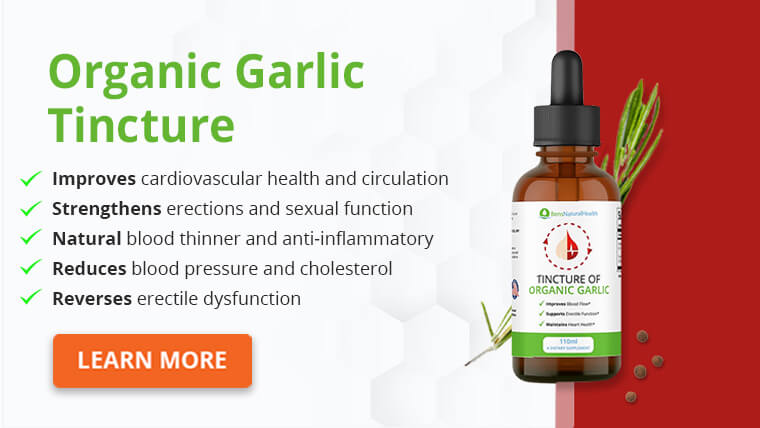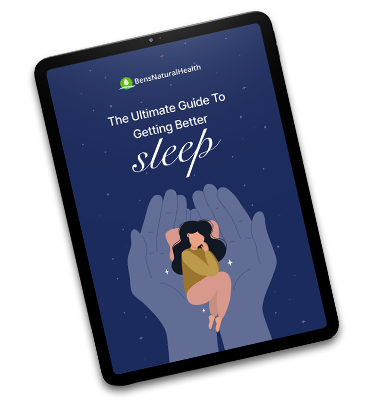When you have a bacterial infection, the most common form of treatment is antibiotics.
The type of antibiotic the doctor prescribes relies on the bacteria you have.
Cephalexin is commonly used to treat infections caused by bacteria that cause pneumonia and other respiratory tract infections.
It might also be used to treat ear infections, urinary tract infections (UTIs), bone infections, and some skin infections.
Keep in mind that cephalexin, like any other antibiotic, is only used to treat bacterial infections.
It won’t work on common colds or any other viral infections.
Also, make sure you only take antibiotics under medical instructions.
Taking antibiotics too often can lead to antibiotic resistance. This means bacteria change to resist the treatment, and it will be more challenging to control.
So, how does cephalexin work? It works by changing the bacteria’s cell walls. The antibiotic makes the cell walls break, killing the bacteria.
Taking cephalexin is safe and well-tolerated. However, just like any other medication, it might increase the risk of side effects.
Here are some side effects you might experience when taking cephalexin:
- Diarrhea
- Stomach pain
- Indigestion
- Nausea
- Heartburn
- Dizziness
- Headache
There are other side effects of cephalexin that are not very common, but they might still arise, such as hives, difficulty breathing, and possible allergic reactions.
If you experience any of the previous side effects of Cefalexin, make sure you talk with your doctor to determine if you should continue taking the medication.
Keep reading to learn what interacts with cephalexin, including foods to avoid, what to eat, and medication and vitamin interactions.
Foods To Avoid That Can Interact With Cephalexin (Keflex)
If you are taking cephalexin, there are some foods you might want to avoid. Some of these can cause interactions with the medication, while others can increase the side effects.
Here is a list of the foods you might want to avoid while taking cephalexin.
1) High Calcium Foods (Avoid Within a 2-Hour Window Of Cephalexin)
High-calcium foods can interact with the absorption of the medication. It seems that calcium can bind to the medication, preventing it from getting fully absorbed.
Calcium-rich foods include:
- Dairy products (cheese, yogurt, milk, and sour cream)
- Tofu
- Leafy greens
- Chia seeds
Make sure you also check foods that are fortified. Options like the following might not naturally have calcium, but during their processing, they add nutrients like calcium:
- Cereals
- Orange juice
- Non-dairy milk (almond milk and coconut milk)
Now, it’s not necessary for you to completely avoid high-calcium foods. You just need to wait two hours before and after taking the medication to add any food high in calcium.
2) Acidic Foods (Avoid Within a 2-Hour Window Of Cephalexin)
Just like high-calcium foods, the following acidic foods can affect the absorption of cephalexin:
- Oranges
- Lemons
- Grapefruit
Avoid eating or drinking anything too acidic two hours before and after taking the medication.
3) Caffeine and Antibiotics
Research shows that you should not combine caffeine with antibiotics. It seems that antibiotics can affect caffeine’s metabolism.
As a result, it might take more time for the body to get rid of caffeine. This can lead to increased jitters, a bigger caffeine crash, and possible insomnia.
When taking cephalexin, avoid caffeinated coffee, high-caffeine teas, and energy drinks.
4) Sugary Foods
One of the most common side effects of cephalexin is diarrhea. Simple sugars (honey, sugar, and syrups) can make diarrhea symptoms worse.
In addition, taking antibiotics can increase the risk of vaginal infections for some women. Ingesting too much sugar can further increase this risk.
Also, make sure to avoid taking artificial sweeteners. Due to their osmotic effect (drawing water to the intestines), they can also increase symptoms of diarrhea.
5) Fried Foods
Finally, eating fried foods while taking cephalexin can make digestive symptoms worse.
Examples of fried foods are:
- Fries
- Hamburgers
- Wings
- Other fried foods

Healthy Foods To Eat While On Cephalexin
Now that we know which foods to avoid, let’s go over those foods we want to eat while taking cephalexin. They can help decrease side effects or help you fight the bacterial infection.
1) Fermented Foods
Taking antibiotics kills any type of bacteria, either good or bad. As a result, it can affect your gut microbiome.
Poor gut health can lead to poor digestion and decreased immune function.
Fermented foods can provide probiotics, which are healthy bacteria that can restore the balance in the gut.
In addition, evidence suggests that probiotics can also help reduce the risk of antibiotic-associated diarrhea.
Fermented foods to eat include:
- Kombucha
- Kimchi
- Sauerkraut
- Kefir
If you cannot include a daily dose of probiotic foods, you can take a probiotic supplement. Make sure you consult with a health professional to determine which is the best supplement for you.
2) High Fiber Foods
Fiber acts as the food for the probiotics (prebiotics). Since the body cannot digest fiber, it reaches the intestines intact, where the bacteria in the gut use it for energy.
So, if you combine prebiotics with probiotics, you are more likely to help restore gut health.
Some great options you can include are:
- Garlic
- Onions
- Mushrooms
- Squash
- Whole grains
- Legumes
3) Cranberry Juice
If you are using cephalexin to treat a urinary tract infection, you might want to add cranberry juice.
Research shows that cranberry juice might decrease the symptoms of urinary tract infections, and it can also help prevent them.
Make sure you choose unsweetened cranberry juice since sugars might increase diarrhea symptoms and can increase the risk of vaginal infections.
4) High Antioxidant Foods
Finally, antioxidants are foods that can help reduce free radicals. Too many free radicals lead to oxidative stress, which increases the body’s inflammation.
When you add antioxidants, it can help reduce inflammation, thus enhancing immune function. As a result, it can make it easier for the body to fight bacterial infection.
You can add high-antioxidant foods such as:
- Berries
- Leafy greens
- Mango
- Grapes
- Watermelon
Make sure you are careful if these are also high in vitamin C. If so, have a 2-hour window before and after taking cephalexin.
| Foods to eat | Foods to avoid |
| Fermented foods | High-calcium foods |
| Fiber-rich foods | Acidic foods |
| Cranberry juice | Caffeine |
| Antioxidants | Sugary foods |
| Fried foods | |
| Alcohol |
What Else Can You Not Take With Cephalexin?
Besides the foods you eat, there are other things you should avoid when taking cephalexin. These cephalexin interactions include multivitamin supplements, other medication/drugs, and alcohol.
Avoid Taking Multivitamins Supplements At The Same Time As Cephalexin
Avoid taking a multivitamin supplement along with cephalexin (Keflex). Since multivitamins are high in calcium and zinc, they can decrease the absorption of the medication.
You can still take the multivitamin, but it needs to be taken two hours before or after taking cephalexin (Keflex) to avoid interactions.
Don’t Mix It With Other Medication
Certain medications and herbal supplements can interact with the absorption of cephalexin. They can also increase the risk of side effects.
Ensure you tell your health professional all the medications you are currently taking before getting a prescription for cephalexin.
Avoid Drinking Alcohol With Cephalexin
Alcohol can affect the metabolism of cephalexin. So, it might affect how the medication works. In addition, alcohol can increase the risk of side effects such as nausea, dizziness, and vomiting.
For that reason, make sure you avoid alcohol intake while taking cephalexin.
If you’re wondering how long after taking cephalexin you can drink alcohol, it’s best to wait until you’ve completely finished cephalexin treatment.
Get Your FREE Sleep Guide
- Learn how to naturally improve your sleep
- Dietary recommendations, supplements, and lifestyle changes
- Developed exclusively by our medical doctor
Should Keflex Be Taken With Food?
You can take cephalexin with or without food. If you take cephalexin with food, keep in mind to avoid those foods that can cause interactions with the medication, such as high-calcium foods and acidic foods.
If you take several doses of cephalexin, spread them evenly throughout the day. This can reduce the risk of side effects.
Some people might find that taking cephalexin on an empty stomach increases the risk of digestive issues. If that is the case, then you should take the medication with your meals.
Conclusion
Cephalexin is an antibiotic medication that is used to treat certain bacterial infections, such as pneumonia and urinary tract infections. It works by changing the bacteria’s cellular walls, which leads to their death.
There are certain foods interactions that can affect the absorption of cephalexin (Keflex) such as high-calcium foods and citric foods.
Other foods like sugary foods and fried foods can increase the side effects of the medication.
Instead, you might want to add fermented foods to add some probiotics, high-fiber foods (prebiotics), and antioxidants.
If you are taking the medication, talk with your health professional if you are taking any herbal supplement, multivitamin, or other medication that might cause interaction with cephalexin.
Explore More







